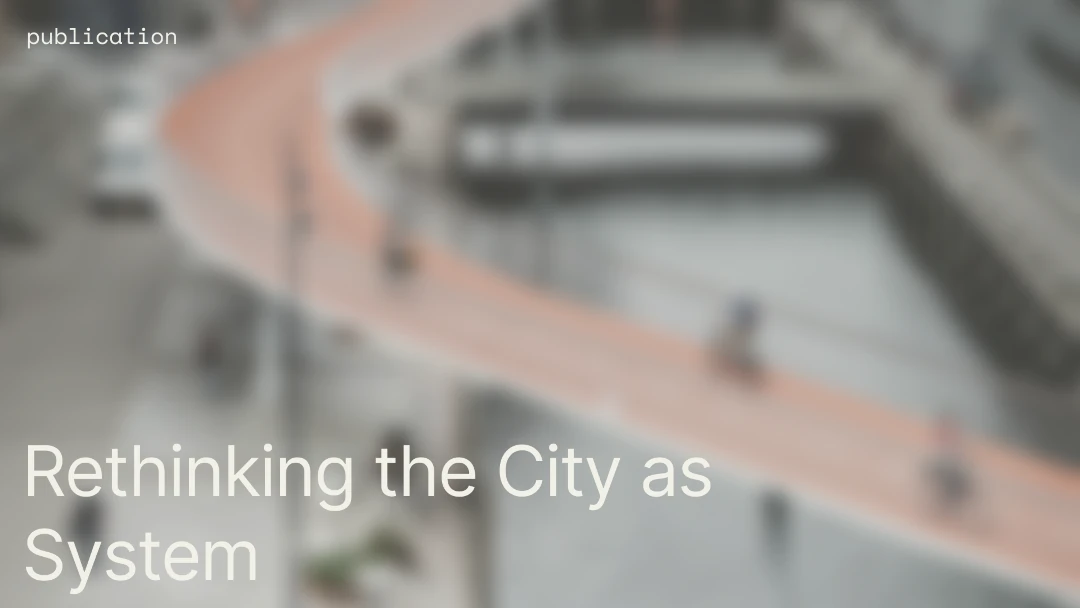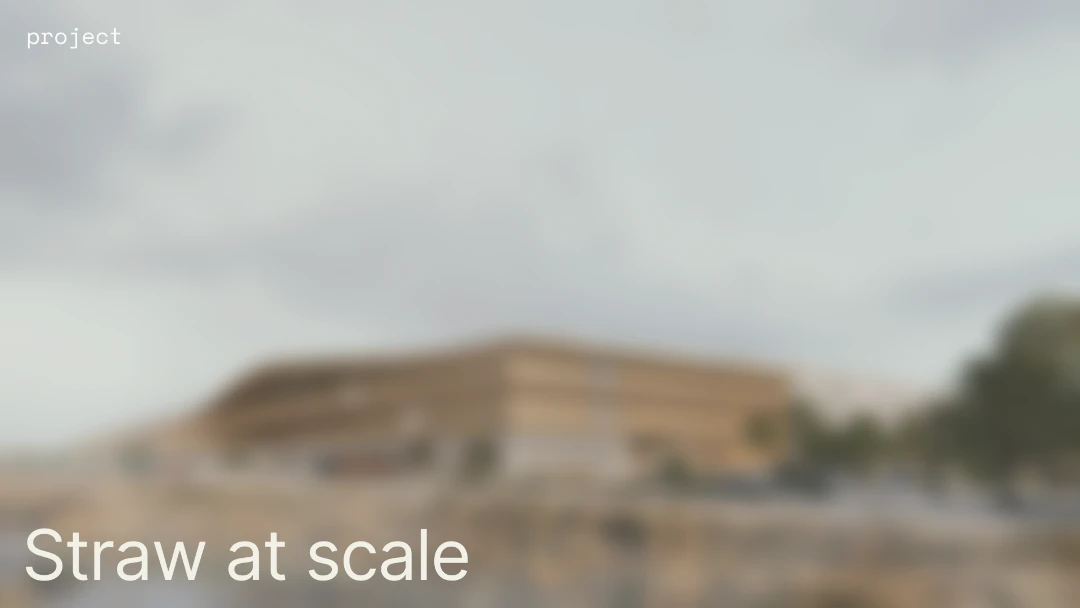
About
Jan Boelen, a designer by training, has held important roles over the years across the industry, having worked as a curator, professor, and artistic director for both private and public institutions. He is the founder of Z33: House for Art, Design and Architecture and has served as curator for several Biennales. Today he is the Artistic Director of Atelier LUMA, the design research program of LUMA Foundation.
What drives you?
I really hope that with the things we are doing at the Atelier, developing and demonstrating alternatives methods and processes — we are able to address certain economical and ecological issues of today. In the end, I don't want to think back and regret the fact that I didn't try. When Maja Hoffman from LUMA Foundation gave me the chance to join, it was an obvious decision. This “hope” that we might succeed in what we are developing is what drives me
Hope is a crucial driver indeed. What are the main challenges today that can get in the way of this hope, when you work on reinforcing sustainable practices across the industry?
The biggest problem that we have today is that we are in a crisis of imagination. Because we are lacking imagination of new possibilities, across all areas. That is why I believe projects like revalu and Atelier Luma are so important — to show and demonstrate new possibilities.
But along with that, comes the real challenge; to convince people that alternatives exist and that doing things differently is possible. The industry is working with materials and methods that are familiar to them, which is completely understandable, but we should go beyond these traditional solutions that have created this problem in the first place. So our task is to show possibilities and alternatives that are feasible and affordable.
How does one convince people to get away from traditional methods? Working with bio-regional materials and methodologies, which are “unfamiliar” for many?
First of all, we need data. Because what we do should reflect reality. Secondly, we need to understand that using this data in different contexts and in different parts of the world cannot be a “one-on-one copy paste”. It needs to be adapted to the circumstances, region, climate etc. But it starts with a base of recipes and protocols, devised so that we can learn from each other. That is why more data should be exchanged: to inspire and be adapted elsewhere.
Another factor is that everything we do should be combined with aesthetics — beauty, health and comfort. These elements can positively trigger people and our nervous system and shouldn't be put aside.
Ideally, these 2 “worlds” — the irrational, which are the senses and emotions, and the very rational, the science and the data, should be combined — to create these new environments.
You mention a very important point; since there is no "one-size-fit-all" solution, a “copy paste”approach is not the answer. How do we move towards bio-based, regenerative and circular materials and methods in different environments?
This is exactly the question we are addressing at Atelier Luma and one of the reasons for its existence. We develop lighthouse projects, where these new methods and materials are applied and can demonstrate their functioning.
With the 'Magasin Electrique' renovation, for example, we developed over 20 materials within the radius of 70 km. Structural elements, such as walls and partitions, were produced using surplus soil, minerals, and agricultural byproducts. We investigated bio-regional resources and methodologies to develop local solutions for an ecological, economic, and social transition.
There needs to be an accelerator effect across the market, so in the next few years we need many projects that will showcase consistency across all sustainability measures. Some might call it “marketing”, something for the early adopters, that will slowly influence and change the current culture to really become an integral part of the future industry.
If you could dream or have just one wish... Where should the industry stand by 2030?
I would actually go back to the 40s-50s, where Jean Prouvé made a house which had a carbon footprint of 300 kg/m2, while today the average exceeds 4,000 kg/m2. We have to find ways to get that number down as soon as possible.
I wish that in 2030 we find a way to live together with all the species — from bacteria, trees, and animals in the most harmonious way. Realistically, 2030 is probably a little early for that.
Any practical advice for the reader?
Be sceptical. Be curious. Be stubborn.You need to be sceptical, because there are so many so-called truths that are quite dangerous, but at first glance, one might be inclined to follow. Instead I say keep searching for information. You need to be curious, you need to be interested in new things.And finally, stubbornness, because many people will tell you that some things might not work. For me personally, that is often the challenge and you need to trust your intuition.




























